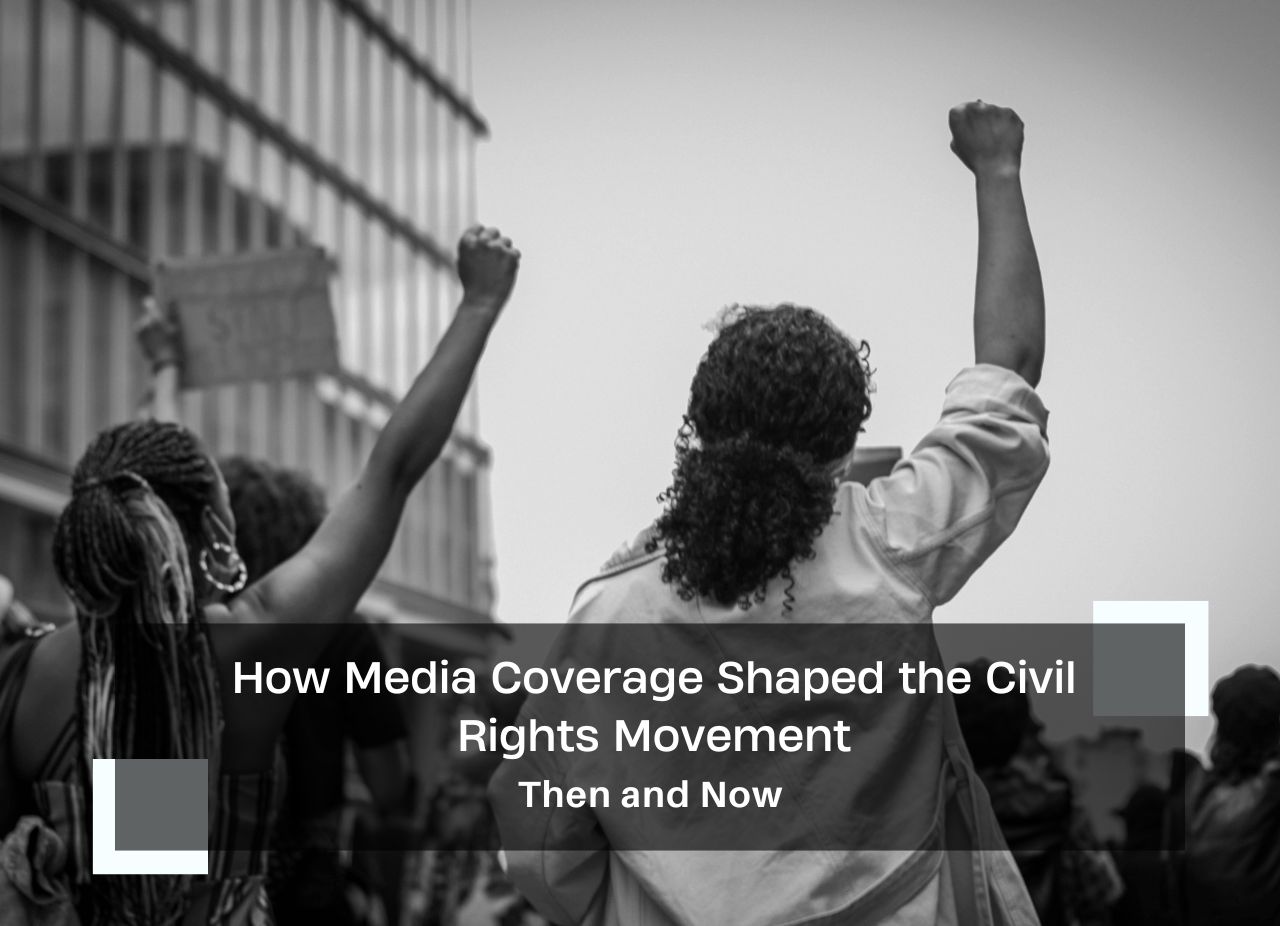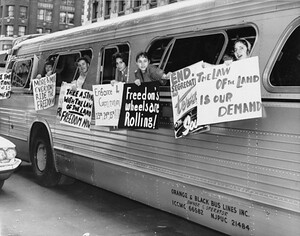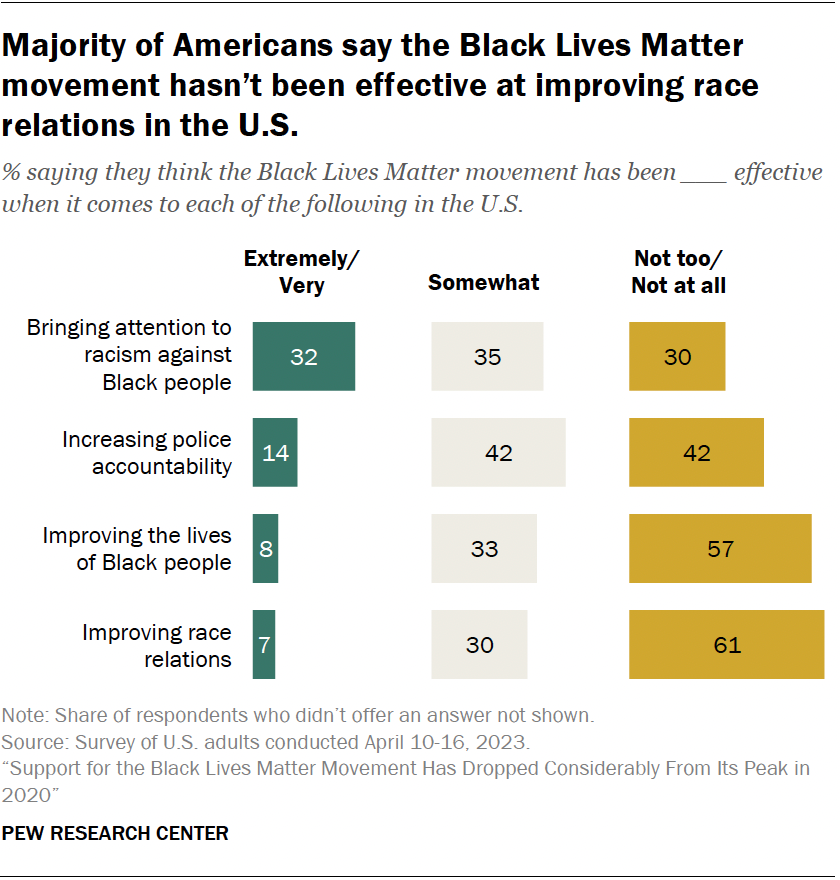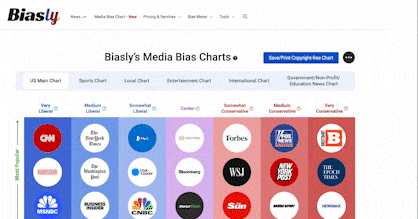
Although the Civil War abolished slavery, it did not end racism. The Civil Rights Movement, which took place in the 1950s and 1960s, fought for equality for African Americans.
Listed below are just a few of the historically significant names that emerged during the Civil Rights Movement. Thanks to media coverage, we gain insight into how these (and other) individuals and events were portrayed, as well as their impact on public opinion.
- Rosa Parks
- The Little Rock Nine
- The Freedom Riders
- Martin Luther King Jr.
While the Civil Rights Movement occurred decades ago, it continues to offer insight into the transformation of popular belief through media coverage. This article will focus on media coverage during the Civil Rights Movement while also comparing it to contemporary movements, such as the Black Lives Matter initiative.
How Media Shaped The Civil Rights Movement
The Civil Rights Movement did not occur at a time when advanced media channels were available, yet it still garnered vast press attention. From newspapers, television, and even radio, media channels of all types played a significant role in shaping the perception of this movement.
Initially, coverage of this movement was limited. Unsurprisingly, white Americans dominated the news industry with their prejudiced media leanings. Opponents of the Civil Rights Movement downplayed the severity of racism. Their white-centered coverage skewed information and placed an unbalanced focus on violence. When in reality, peaceful protests defined the movement. The coverage by the white press of this movement defined public perception of it; however, television and photographs revealed what was truly happening. The pro-segregation media could not skew images like they could with words.
In 1955, the Montgomery Bus Boycott—where Rosa Parks famously refused to give up her seat—and the case of Emmett Till marked the beginning of the Civil Rights Movement’s media coverage. Emmett Till, a 14-year-old boy, was killed after reportedly yelling, “Hey baby,” to a white woman in a store.
Jet Magazine, amongst others, subsequently published infamous photos of Till’s mutilated body, which brought awareness of the injustice Black Americans experienced. The public was horrified to see such a violent, unwarranted act. This sparked activism among Americans, who were compelled to see the truth.
That was just the beginning. The Freedom Rides, where volunteers now known as the “Freedom Riders” would ride buses designated for “whites” only. The initial news coverage of these bus rides was negative, as the riders were called “extremists” and “agitators.”
However, this changed when buses were set on fire and people were attacked. The photographs that emerged from these incidents appalled the nation. The visible brutality could not be ignored, and the Freedom Riders received media attention, now in a sympathetic way. This sharing of photographs and names humanized the victims and the African American community in a way that had not been done before.
The June 1961 issue of Time Magazine featured a sympathetic story about the Freedom Rides and their riders. Additionally, news headlines spread far and wide with care.

Source: Flickr
Visual media became a tool for truth, a way to bypass the white-centered narrative and expose the violent reality of segregation.
Ultimately, media coverage played a crucial role in garnering sympathy from white Americans who might have otherwise remained indifferent. The power of visuals, which allows us to see rather than just hear, enabled many to understand what Black Americans experienced.
Media in Today’s Civil Rights Movements
Decades after the Civil Rights Movement, the media landscape has undergone a complete transformation. However, it continues to play a crucial role in shaping the public’s perception of civil rights movements. The Black Lives Matter movement is just one example.
Unlike the 1960s, when evening news broadcasts and print newspapers were the primary sources of news, modern movements have access to 24/7 news coverage, social media platforms, and live streaming technology.
This new environment enables real-time activism. Protesters can instantly share videos on platforms like Twitter, TikTok, and Instagram, bringing national and international attention to local injustices as they unfold. In the past, journalists had to be physically present at the scene to report on an event. Yet anyone today can take a smartphone, document, and then distribute the footage worldwide. As we are aware, social media is a platform where political bias often thrives.
The Black Lives Matter movement, which gained national attention in 2020, leveraged this immediacy. George Floyd’s death, captured on video by a bystander and quickly shared across social media, became a defining moment. According to a study by MIT News, the widespread sharing of the video sparked international protests and reignited debates about racism. The power of the video, much like the photos of Emmett Till, sparked conversation about their respective movements.
Social media, however, is not without its drawbacks. While it has democratized access to information and amplified the voices of marginalized individuals, it has also introduced new challenges.
Misinformation can spread quickly. Furthermore, performative activism, where people publicly support causes for social clout rather than genuine commitment, is a concern (Fisher College of Business, 2020). Social media users can post anything they want, which easily creates space for controversy, misinformation, and ultimately, confusion. It becomes difficult to trust the internet, especially when source bias is so prevalent.
Similarities and Differences
While the media in both the Civil Rights Movement of the 1960s and today’s movements aim to inform and persuade the public, there are significant differences.
In the 1960s, media coverage was more controlled and centralized. There were fewer channels, and national newspapers and television programs served as the primary sources of information. Stories were usually vetted and crafted by professional journalists, and the evening news provided a slower, more intentional form of storytelling.
Today, the media is fast-paced and decentralized. Anyone can post, and stories can go viral within minutes. The reach is much broader, but the content is less curated.
While this allows for a broader range of voices to be heard, it also means that misinformation, incomplete stories, and out-of-context images can circulate quickly. Modern audiences must navigate a flood of information, which can lead to both increased awareness and confusion.
However, performative activism, as mentioned above, has become a more prominent issue in the social media era. With the ability to simply repost a hashtag or share a viral image, some people engage in activism superficially, without genuine effort or understanding (Fisher College of Business, 2020).
During the Black Lives Matter (BLM) frenzy of 2020, a plethora of social media users posted a plain black square to their profiles. However, the majority of Americans do not believe that this, along with the BLM movement, is genuinely effective. A 2023 study by the Pew Research Center revealed that over half of Americans do not think BLM improves race relations or the lives of Black Americans.

Source: Pew Research Center
Clearly, posting on social media gives the feeling of effective activism, yet provides little substance in real life. This isn’t to say that change didn’t occur during the movement, but the balance between so-called empathetic social media posts and actual, lasting change is noticeably uneven. This is drastically different from Martin Luther King Jr.’s sit-ins, as History.com notes, in which real change occurred.
One key similarity between the two eras is visual impact. Just as photographs and television footage shaped the Civil Rights Movement, videos and images continue to hold power today. The humanization of victims through names, faces, and personal stories continues to drive empathy and action.
Conclusion
Despite the differences in media today, it is clear that the media have been a driving force in civil rights movements, shaping public perception. In the 1960s, despite technological limitations, images and television coverage provided undeniable evidence of racial injustice and challenged the dominant, biased media. Today, advanced technology provides a greater reach, but it also facilitates the spread of misinformation.
Both eras highlight the unique ability of visual media to spark change. Seeing violence, whether in black-and-white photographs or real-time videos, remains more impactful than simply hearing about it.


























